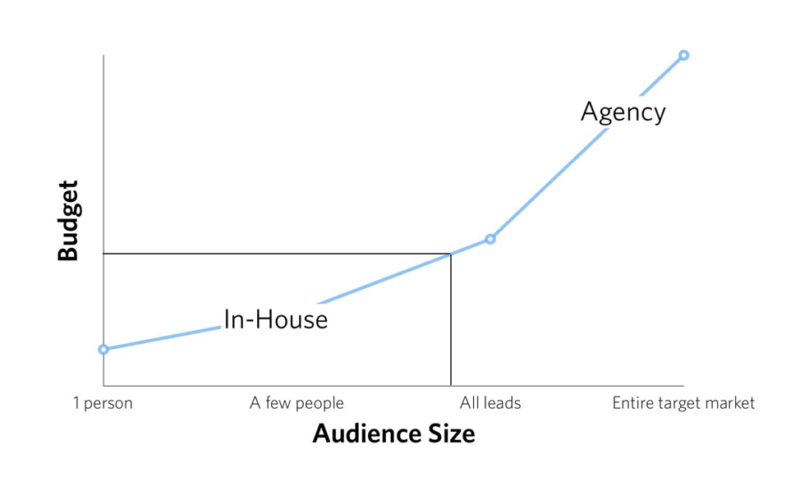
CURRENT :HOME > NEWS - Company news

Video has been an important part of digital marketing for the past few years, but it has also evolved significantly during that time. From basic animations and “talking-head” videos to live streaming and new social media formats, there are now many ways to embrace video within your digital marketing strategy. Read on to see a comprehensive overview of what video marketing looks like in 2018.
Video Stats for 2018
First, let’s check out a few stats about video in 2018, using information from Wyzowl’s fourth annual State of Video Marketing Survey.
81% of companies use video for marketing purposes in 2018, compared to 63% in 2017.
The average person watches 1.5 hours of video each day.
81% of individuals have purchased a product or service after watching a video
76% of marketers say video has helped their company increase sales.
Marketers rate Snapchat the least effective video marketing platform, while LinkedIn is rated the most successful (even though only 38% of marketers are using it).
Video marketing statistidc
How Can I Use Video in My Marketing Strategy?
Now that you know how important video is to the sales process, let’s look at a few of the interesting ways you can use it in your marketing strategy this year.
Live Video (Live Streaming)
Live video continues to grow in popularity, and we believe this new trend is here to stay. For brands, live videos offers the following advantages:
Attractive to users, promotes authenticity
Economical, don’t require investment in production or editing. Once the broadcast it over, it stays on the platform for promotion purposes
Increases views & quality of views because live video is on popular platforms, and its time-sensitive nature attracts a curious audience
Vertical & Square-Shaped Videos
Video formats are changing, affecting all aspects of design and production. While videos used to be all about “horizontal” shapes, phones and tablets have changed the way we think. More brands are creating vertical videos from the start to think “mobile-first.” However, the more popular solution at the moment is square videos. This format occupies 78% more space in the Facebook News section, leading to more engagement.
E-Learning Videos
Product and services videos can be a powerful tool, but videos are flexible enough to have many other uses, such as e-learning. Such training can be used to monetize your videos and help you transmit information to customers or prospects in a clear, visual way. You can even use videos for in-house training for employees or integrate training and marketing by offering up a valuable video to users who submit their contact information.

Sponsored Videos
Paid and sponsored videos can be highly profitable on social platforms such as Facebook and YouTube. You can even partner with YouTubers and other influencers to boost your content. To maximize ROI, carefully measure your results and make edits when necessary.
360 Degree Videos
360-degree videos are becoming increasingly popular as a way to show destinations, experiences and products in an interesting way. Here’s an example featuring some majestic lions. As an added bonus, case studies conducted by magnifyre and Google suggest that people engage more with 360-degree videos.
Video Funnels: In the same way you use other types of content (such as email campaigns) to move your audience across the buyer’s journey from awareness, to consideration, to decision. Facebook and other platforms now allow you to build custom audiences based on behaviors, allowing you to also retarget based on the same.
Intrigued by all of the new video marketing formats now available? Now that know what video marketing looks like in 2018, here’s how you can begin to develop your strategy:
How to Build a Video Marketing Strategy
1. Develop Your Personas & Customer Journey
To make sure your videos connect with your customers, you need to be sure that you’re targeting the right message to the right audience. To do so, you’ll need to take the time to find these consumer insights before creating your video. While text can be easily rewritten, videos take a lot more resources to be re-done. It’s best to try and get them right the first time. Make sure that your messages match your brand voice in every instance.
2. Build KPIs and Goals
Next, you’ll need to create measurable goals and KPIs for your video campaign. Without goals, you can’t calculate ROI and prove that your videos are working. To learn what works well for your audience, perform some A/B tests, then determine what “good” looks like for your brand.
3. Determine the Type of Video and Platform
There are many platforms on which to host your video, including Facebook, Snapchat, LinkedIn, YouTube, e-publications, traditional television ads and more. You’ll need to research where your audience spends time and which platform is the best fit for the tone of your message. Some content platforms are better for short-term campaign videos, while others are better for